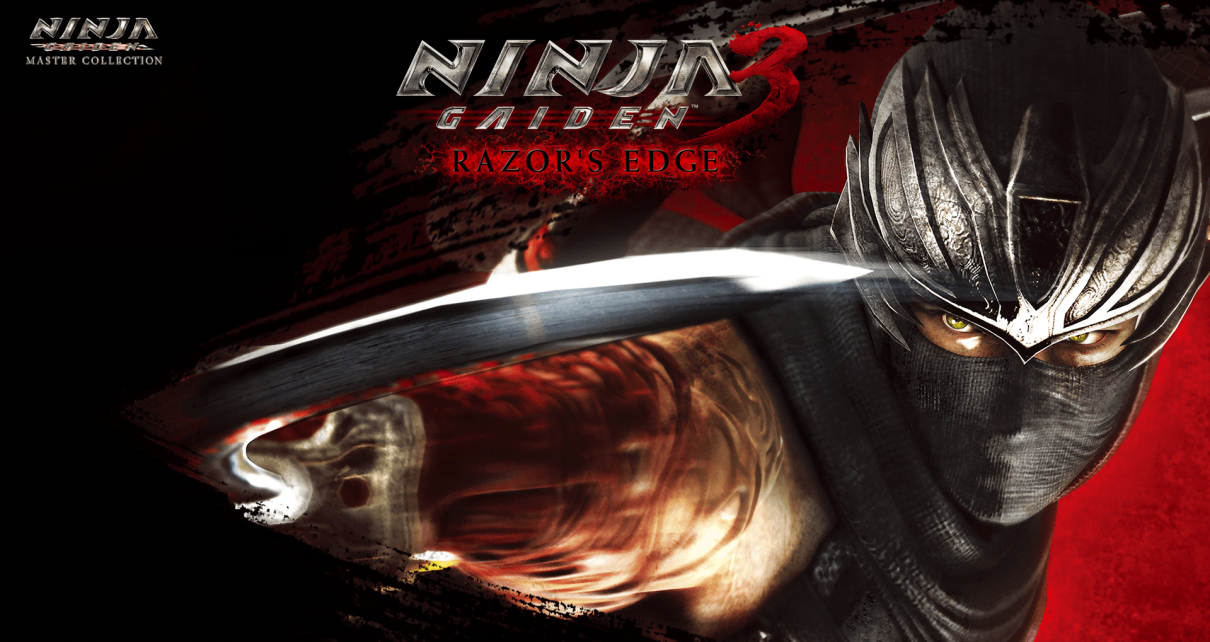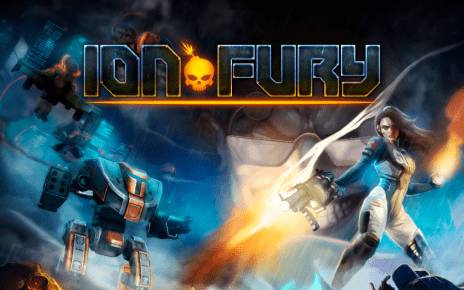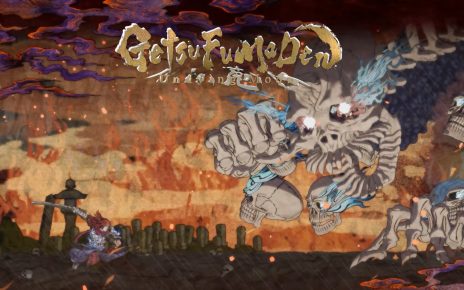Ninja Gaiden 3: Razor’s Edge is not a good game. It tries its hardest to add polish to the turd that was the base version of the third game, but all we are left with is a shiny poop and feelings of crushing disappointment. In a desperate attempt to reinvigorate a series that was still alive and thriving, they morphed Ninja Gaiden into something it was never supposed to be – underwhelming and pretty damn boring.
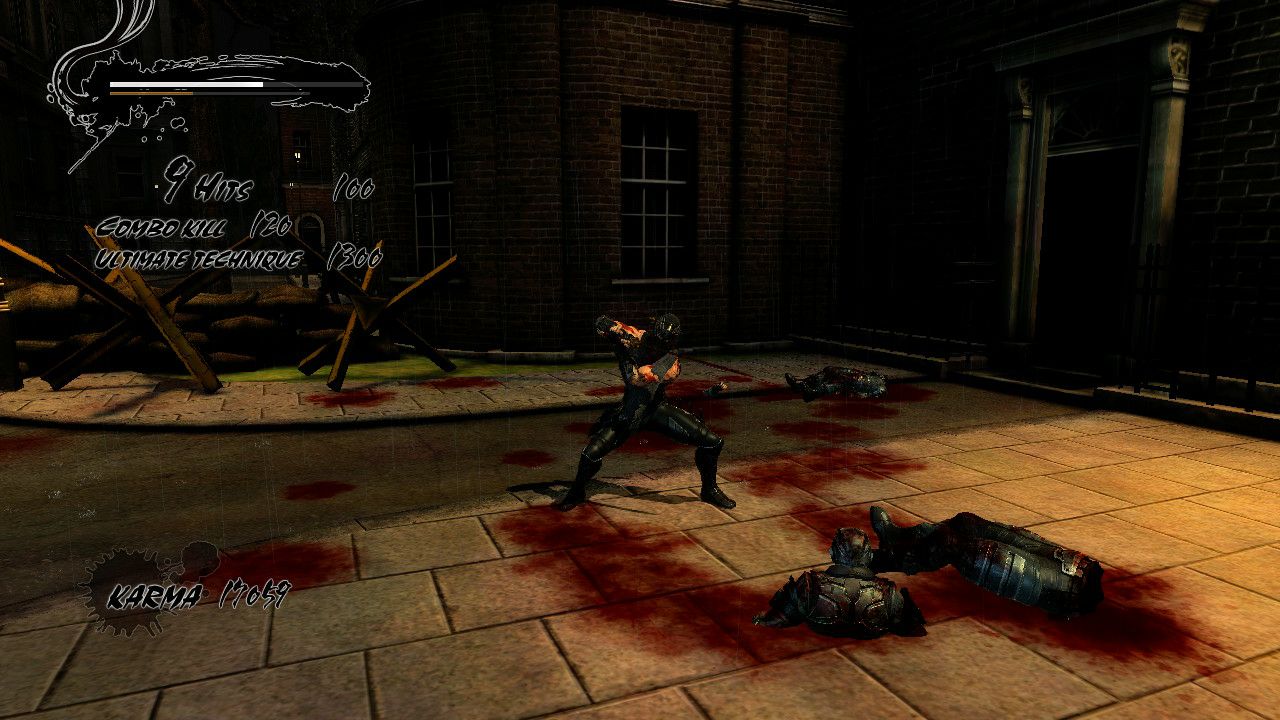
Ryu Is Back At It Again
Once again you play as Ryu – the world’s most badass ninja and slayer of demons. After a brief introduction involving the government, some videotapes, and some masked British guy, Ryu heads off on another adventure. The story starts off way more serious than any game prior, and the rest of the plot follows suit. Ryu’s iconic Dragon Sword is absorbed into his arm due to a murder-based curse, Ryu starts to mutate throughout the game, and then he fixes it and everything is fine again.
The story really pushes the idea that Ryu is a blood-hungry murderer, but it ends up falling flat. Having a story focused on our mostly silent Dragon Ninja buddy is not a bad idea. Sadly, the execution leaves an awful lot to be desired.
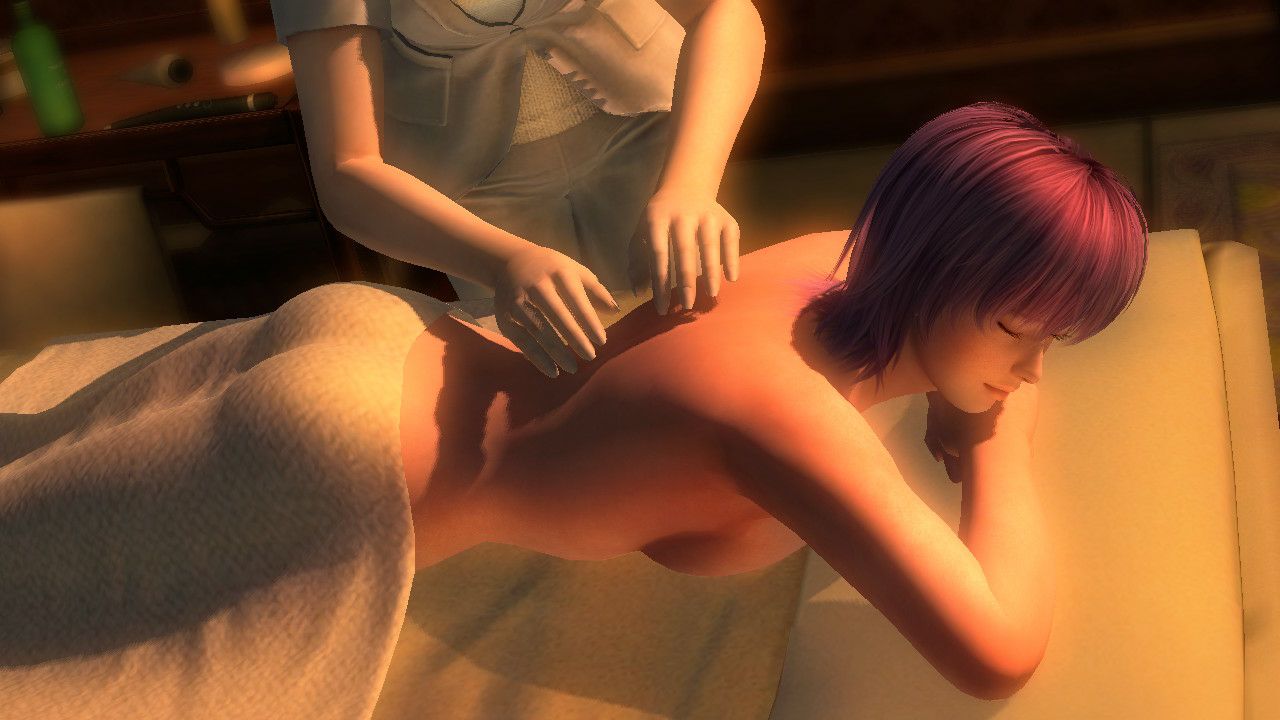
A Stylish Murderer
Before I go into the rest of the game’s negatives, I want to talk about what the game does right – combat. Ninja Gaiden 3 brings back almost everything Ninja Gaiden 1 and 2 brought to the table, whilst simultaneously making some tweaks here and there – mostly for the better. Combat is supersonically speedy. There are plenty of walls to run on and leap off for aerial acrobatics and Ryu’s combos are just as in-depth as they always were. Enemies feel much more aggressive than in previous games, which is an achievement, and unlike Ninja Gaiden Sigma 2, they deal much more damage.
The Obliteration system makes its return, allowing Ryu to stylishly execute injured enemies in a quick and very satisfying cutscene. Enemies continue to be more dangerous when injured, forcing the player to pay attention. It also gives a brief reprieve. Joining Obliteration is ‘Steel on Bone’. Enemies will sometimes perform a more powerful telegraphed attack. If Ryu performs a Heavy Attack, then Steel on Bone activates, once again pulling you into a brief cutscene showing Ryu cut the poor sod to ribbons. This can be chained also, rewarding you heavily for recognizing these attacks and reacting accordingly. These two systems combine to give the combat a new sense of flow that feels different from the games before it but maintains the satisfyingly strategic energy those games brought. For the most part anyway.
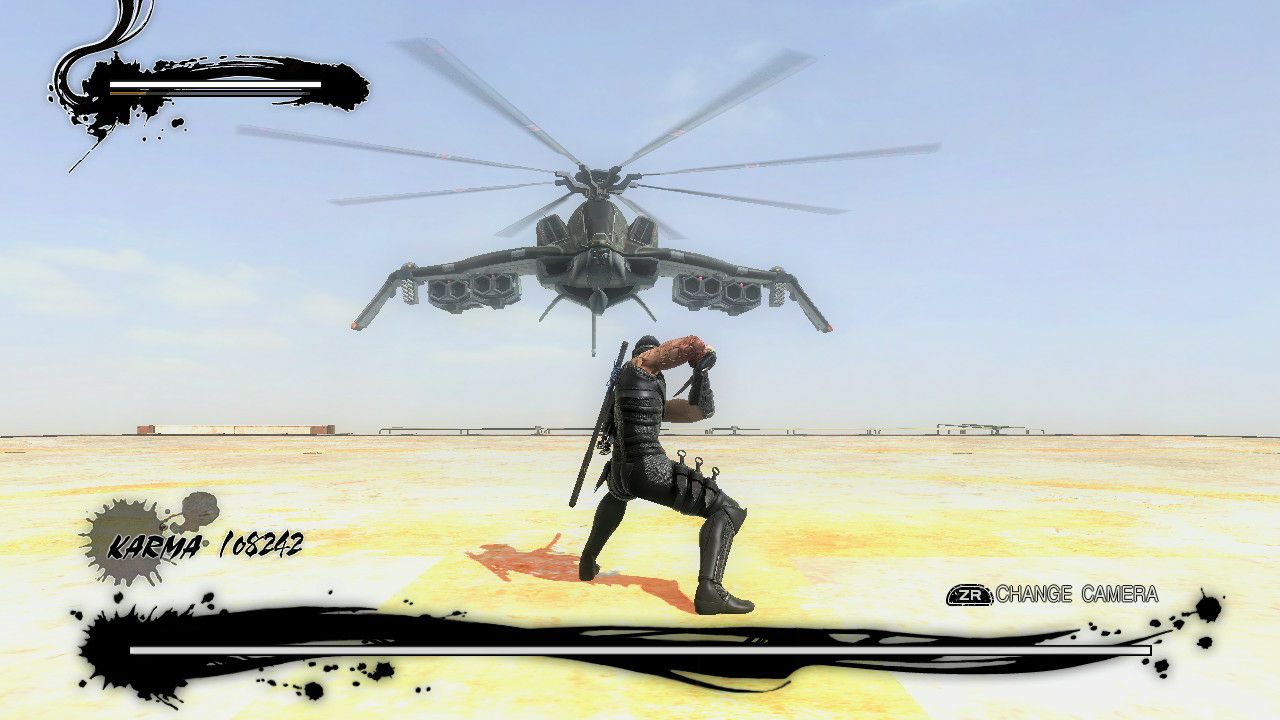
Limbs, Heads, and Torso’s, OH MY!
Making its triumphant return in Ninja Gaiden 3: Razor’s Edge is the excessive gore found in the base version of Ninja Gaiden 2. Limbs, heads, and entire torsos are brutally removed through regular combat, Obliteration, and Steel on Bone. Blood erupts from enemies in a satisfyingly over-the-top fashion that gives the combat a serious amount of weight and impact that was missing from Sigma 2.
Ninja Gaiden 3 comes with a small selection of additional weapons to play around with, adding some much-needed variety to combat. There doesn’t seem to be as many weapons as previous entries, and the basic sword feels a bit overturned – even when compared to its ancestors. Progression has also changed. You won’t be finding new techniques, or visiting Muramasa. Ninja Gaiden 3 has RPG mechanics that handle all your combo needs. Doing well in combat rewards you with Karma which can be exchanged for new abilities and upgrades on the fly. In a bubble, the system is well implemented.
Unfortunately, the system is not in a bubble. The sacrifices made for its inclusion change one of the fundamental systems the previous games were built upon – essence and Ultimate Techniques. In short, they are gone, and with them goes the high-risk, high-reward elements that were intertwined with the core gameplay. This removal also means that you can no longer heal on the fly; Your Ultimate Technique can only be used when the game tells you, reducing agency, and the Ninpo system has had to have a change too.

Sweeping Changes to Core Mechanics
Ninpo used to be a resource that players could spend for invincibility frames and high burst damage. This is no longer the case. Instead, a bar builds throughout combat, and once it is full you can cast a swanky spell. This also heals you. The changes to the Ultimate Technique and Ninpo feel like downgrades. They remove on-the-fly options and instead funnel what made those systems great into an RPG system that doesn’t feel as gratifying in the long term.
This is just the beginning, however. Ninja Gaiden 3 really falls apart the moment you stop looking at the flashy combat. New to the series is Quick Time Events that permeate the whole game. Nearly every cutscene has them, and, like most instances of their inclusion, don’t add anything to the experience. If you fail, you are forced to repeat them. It’s pointless padding and a noticeable shift in direction. The game also shoehorns in awkward stealth mechanics. Every now and then you are forced into a stealth section. Ryu has to walk really slowly towards enemies and assassinate them. This kills any flow the game had managed to build. Ninja Gaiden has always been about the high-octane, high-flying, high-speed action. These segments feel out of place.
The reason these exist, of course, is because Ninja Gaiden 3 wants to be more cinematic. With the inclusion of a more serious story, slower gameplay sections and QTE’s, the game is more focused on telling a story and trying to look cool, than allowing the player to feel badass by just playing the game. There are even slow-walking sections that really push that cinematic angle, and they don’t fit with the rest of the game. The core of Ninja Gaiden is its combat, and these additions put walls between the player and that core.

Still Can’t Nail the Pacing
Razor’s Edge continues the series tradition of having terrible pacing. Ignoring the inclusion of the cinematic pace-breakers, this version of the game has sections dedicated to side characters once again. These side characters are not as fleshed out as Ryu, the levels are not that interesting, and they do nothing but drag the game down – again. If these levels were an optional side bit, then they would be significantly better. As they are now, they are yet another hurdle.
That’s not to say the level design in Ninja Gaiden 3 is any good. It’s not. There is some variety, but this is the most linear Ninja Gaiden to date. Where the original had an interconnected world, and the sequel had side paths for loot acquisition, 3 is a linear series of corridors and large open kill rooms with little-to-no variation. Each room and corridor follows a really predictable formula, especially early on, where you fight some dudes, and then you are forced to pull out your bow and snipe some other dudes before they shoot you. This happens repeatedly and helps hammer home that these are just reskinned areas you’ve visited before. The predictability of Ninja Gaiden 3 makes it feel bland. Makes It feel boring.
This linearity also comes at the expense of platforming, which takes a backseat to just walking. You are rarely required to wall run, let alone chain them, and most instances of platforming are replaced with QTE climbing sections. I’ve said it before, but Ninja Gaiden 3 is more or less obsessed with taking the cool things you did in previous games and turning it into a cutscene.

Switch Woes
Graphically Ninja Gaiden 3 looks alright. Each level looks fine for the most part, and enemies have easy-to-recognize designs. Animations are once again a highlight of the experience with Ryu’s attacks looking stunning at all times. The aforementioned gore really helps too. The Switch port, unfortunately, struggles to run the game smoothly. This is both surprising and disappointing. The game is in a constant state of chug, which is far from ideal for an action game. Thankfully the sound design is as solid as ever, with passable voice acting, fantastic sound effects, and thematically appropriate music to carry the game.

Verdict
Ninja Gaiden 3: Razor’s Edge is not worth playing. Whilst the core combat teeters between good and great at times, the rest of the package is hellbent on erecting walls. A poorly implemented story, questionable changes to progression and sweeping changes to the series fundamentals butcher the overall experience. Put another nail in that coffin if you play the Switch version.
WAIT FOR SALE ON NINJA GAIDEN 3: RAZOR’S EDGE
Want to see our detailed reviews of Ninja Gaiden Sigma? Ninja Gaiden Sigma 2? Or how about an overview of the entire Master Collection?
Many thanks go to Koei Tecmo for a Nintendo Switch review code for this title.

Forged in the rainy wilds of northern England, I carved a path of mediocrity through generations and genres. My play style is often described as: “optimistically awful”.

